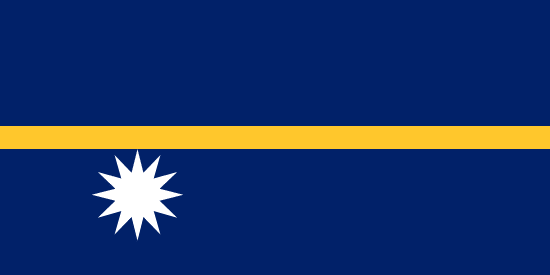NAURU PROTECTION COVERAGE

Nauru
NULL
Protected Area Count
0
Management Effectiveness Assessments
0.00 km² / 310,565.13 km² (0.00%) Protected
Marine
0.00 km² / 22.79 km² (0.00%) Protected
Terrestrial
These statistics might differ from those reported officially by countries due to difference in methodologies and datasets used to assess protected area coverage and differences in the base maps used to measure terrestrial and marine area of a country or territory.
Source: from ProtectedPlanet.net.
Map Download Links
BIODIVERSITY
| Total: | 1 |
|---|---|
| Fully Protected: | 0 |
| Partially Protected: | 0 |
| Not Protected: | 1 |
No data available.
COUNTRY PROFILES
Biodiversity
UNEP-WCMC and IUCN 2025,
Protected Planet: The World Database on Protected Areas (WDPA)/The Global Database on Protected Areas Management Effectiveness (GD-PAME),
May 2025, Cambridge, UK: UNEP-WCMC and IUCN.
Available at: www.protectedplanet.net.
Protected Planet: The World Database on Protected Areas (WDPA)/The Global Database on Protected Areas Management Effectiveness (GD-PAME),
May 2025, Cambridge, UK: UNEP-WCMC and IUCN.
Available at: www.protectedplanet.net.
See an issue or mistake?
Notify us